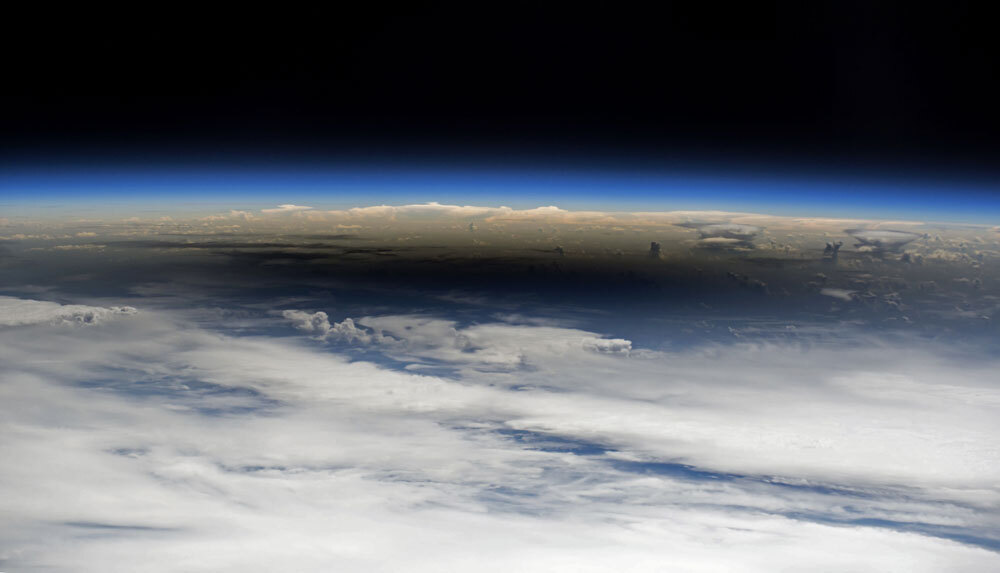A recent study has shown that Cumulus clouds begin to disappear during partial solar eclipses. The study, published in the journal Communications Earth & Environment in early February 2024, used satellite cloud measurements from three solar eclipses between 2005 and 2016, and the results showed that Cumulus clouds over land began to dissipate when around 15% of the Sun’s disc was obscured by the Moon. This is because Cumulus clouds feed off columns of rising air, called thermals, and these rising thermals are formed by the heat of the Sun shining down onto the ground. As the Sun begins to be obscured, less of its heat reaches the ground, halting the formation of Cumulus clouds. This halting is, however, only temporary, for Cumulus begin to form once more after a solar eclipse has passed.
The findings of this study show that scientists may be underestimating the amount of solar radiation that reaches Earth during solar eclipses, for low, thick clouds, such as Cumulus, tend to reflect solar radiation and have a cooling effect on the planet. That solar eclipses affect cloud cover has implications with proposed climate engineering techniques. As Victor Trees, one of the researchers who worked on the study, said: ‘This could be a warning for climate engineering. If we eclipse the Sun in the future with technological solutions, it may affect the clouds. Fewer clouds could partly oppose the intended effect of climate engineering, because clouds reflect sunlight and thus actually help to cool down the Earth.’
To find out more about the relationship between Cumulus clouds and solar eclipses, you can read this article published by Phys.org (which includes a direct link to the study in full).
Image: NASA

Cumulus Clouds Disappear During Solar Eclipses
February 28, 2024


